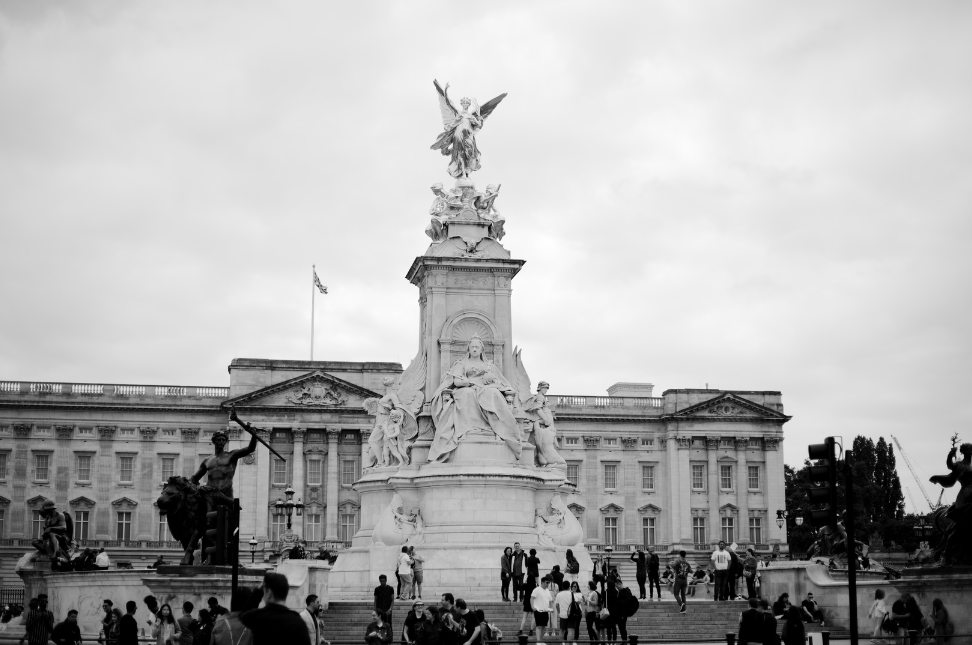London is a city steeped in history, with landmarks that narrate stories from the past millennia. For those interested in delving into this rich heritage, exploring London’s historic landmarks offers a journey through time. From iconic structures to hidden gems, here’s a comprehensive guide to uncovering the historic treasures of this magnificent city.
1. The Tower of London
Start your exploration with the Tower of London, a symbol of British history. Founded by William the Conqueror in 1066, this fortress has served as a royal palace, prison, and treasury. The Crown Jewels, housed here, are a must-see. Be sure to join a guided tour led by the Yeoman Warders, or Beefeaters, to hear tales of intrigue and execution.
2. Westminster Abbey
No visit to London is complete without seeing Westminster Abbey. This Gothic masterpiece has been the coronation church since 1066 and is the final resting place of numerous monarchs and influential figures. Its stunning architecture and the Poets’ Corner, where many literary greats are buried, make it an essential stop.
3. The Houses of Parliament and Big Ben
Adjacent to Westminster Abbey, the Houses of Parliament, also known as the Palace of Westminster, is another historic landmark. Big Ben, the iconic clock tower, is part of this complex. Visitors can tour the Parliament when it’s in session or take a virtual tour to appreciate the grandeur of British governance.
4. Buckingham Palace
Buckingham Palace, the official residence of the British monarch, offers a glimpse into the opulent lifestyle of the royals. While the palace is only open to the public during certain times of the year, the Changing of the Guard ceremony is a daily spectacle worth watching.
5. St. Paul’s Cathedral
St. Paul’s Cathedral, designed by Sir Christopher Wren, is an architectural marvel. Its majestic dome dominates the London skyline. Climb to the Whispering Gallery for a unique acoustic experience, and then continue to the Stone Gallery for panoramic views of the city.
6. The British Museum
For history enthusiasts, the British Museum is a treasure trove of artifacts. From the Rosetta Stone to the Elgin Marbles, the museum’s vast collection spans human history. Admission is free, making it an accessible and enriching experience for all visitors.
7. The Globe Theatre
Step back into Shakespearean times at the Globe Theatre, a faithful reconstruction of the original playhouse where the Bard’s works were performed. Catch a live performance to experience the magic of Elizabethan theatre, or join a guided tour to learn about its history and architecture.
8. The Churchill War Rooms
Delve into the wartime history of London by visiting the Churchill War Rooms. This underground bunker was the nerve center of Britain’s World War II operations. The museum offers insights into Churchill’s leadership and the strategies that shaped the course of the war.
9. The Victoria and Albert Museum
The Victoria and Albert Museum (V&A) is the world’s largest museum of decorative arts and design. Its collections span over 5,000 years of art, including ceramics, fashion, and sculptures. The V&A’s historical significance and stunning exhibits make it a highlight of London’s cultural landscape.
10. The Shard
While not a historical landmark per se, The Shard offers a modern vantage point to view London’s historic sites. From its observation decks, you can see many of the city’s ancient and modern landmarks, providing a unique perspective on the blend of old and new in London.
Tips for Exploring London’s Historic Landmarks
Exploring London’s historic landmarks can be a fulfilling experience with the right approach. Here are some tips to enhance your visit:
- Plan Ahead: Many historic sites require advance booking, especially during peak tourist seasons. Check opening times and tour availability.
- Join Guided Tours: Expert guides provide deeper insights and fascinating stories that you might miss on a self-guided tour.
- Use Public Transport: London’s public transport system is efficient and connects most historic sites. Consider purchasing an Oyster card or a travel pass.
- Wear Comfortable Shoes: Historic exploration often involves a lot of walking. Comfortable footwear will make your journey more enjoyable.
- Take Breaks: Many landmarks have cafes or nearby eateries where you can rest and recharge. Enjoying a traditional afternoon tea can be a delightful part of your visit.
Conclusion
From ancient fortresses to modern skyscrapers, exploring London’s historic landmarks is an adventure through time. Each site offers a unique glimpse into the city’s past, allowing visitors to appreciate the rich tapestry of history that has shaped London. Whether you’re a history buff or a casual traveler, these landmarks provide a captivating and educational experience. So next time you’re in London, embark on this journey and discover the stories behind the city’s most iconic sites.




